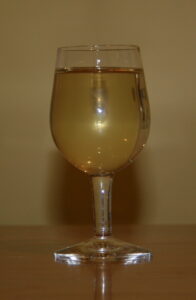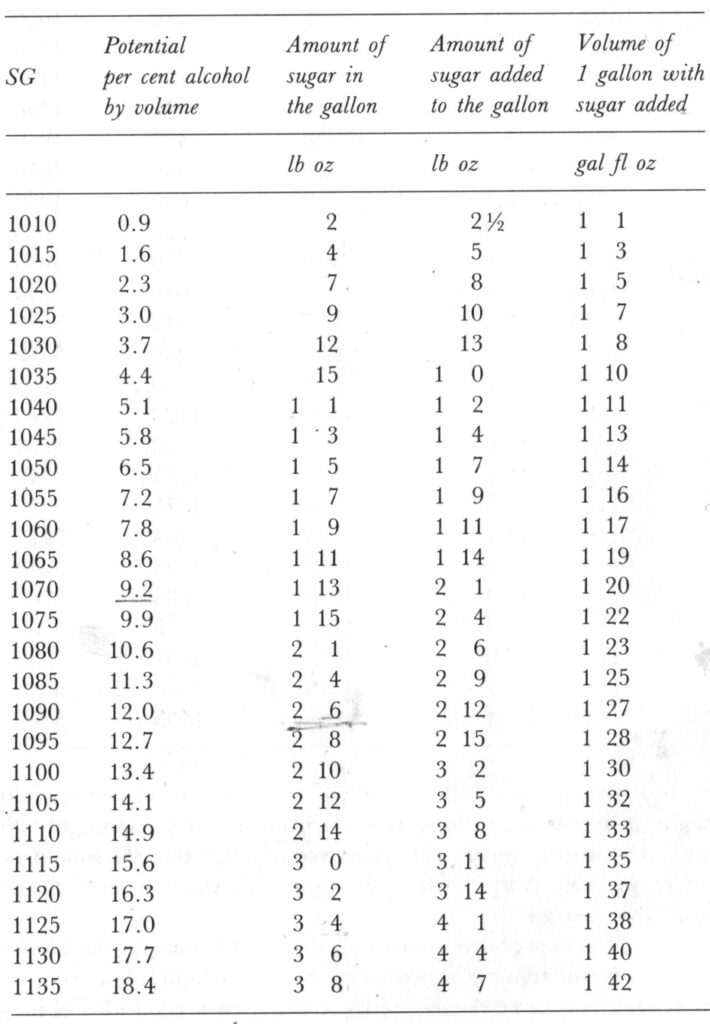Mead is a honey-based alcoholic beverage with a very long and colourful history. The Vikings were big into mead, as were the Druids, the Celts, the Saxons and, earlier still, the Neolithic/Iron age Beaker people. The Vikings drank it out of bull horns as did the Druids, Celts and Saxons. While the Beaker people drank it out of… well… beakers.
The header picture above is from the Bayeux tapestry and shows the Normans also drinking from horns (and cups) and appropriately captioned far right ‘HIC’
To see the entire, beautiful Bayeux tapestry online go to: https://www.bayeuxmuseum.com/en/the-bayeux-tapestry/discover-the-bayeux-tapestry/explore-online/

Mead making
If you are into making wine, you will be into foraging the ingredients for next-to-nothing and probably balk at the notion of purchasing several pounds of honey. Even supermarket honey makes mead-making an expensive proposistion – and who knows what is in supermaket honey. Probably not much honey I reckon.

But if you are a beekeeper who is into making wine, mead becomes do-able. So if you have some honey and feel inclined to give it a go here is a mead recipe I’ve used several times with a good rate of success. It’s from C.J.J. Berry’s classic book ‘First Steps in Winemaking’ which is available here: https://www.thehomebrewcompany.ie/first-steps-in-winemaking-cjj-berry-p-477.html
I suggest you don’t use ivy or heather honey. I’ve tried both and the results were horrible. Use a nice mild, light honey instead.
Cleanliness is next to godliness
Before you get stuck in though – I cannot stress enough how important it is to sterlise all your equipment thoroughly. I used to be a bit on the slap-dash and feckit side of cleanliness but the best results have been when I’ve taken the time to be clean.
thehomebrewcompany.ie have a range of sterilisers
Use an air lock to exclude air and fruit flies and to allow the escape of carbon dioxide. Fruit flies carry the bacteria which will convert alcohol to vinegar and this is why they are sometimes called vinegar flies. These are the little black chaps you might find rolling about in your beer or wine. They have a very short, neat life cycle which is one reason why geneticists like them so much. Another reason is that their genes are actually very similar to our own!
And remember: time flies like an arrow but fruit flies like a banana.
Dry Mead Recipe
Ingredients
- 2kg honey
- 1 orange
- 1 lemon
- 4.5 litres water
- Wine yeast and nutrient
- Pectic enzyme
Method
- Mix the honey into the water and bring to simmering point and skim off the scum;
- Pour into a bucket and allow to cool;
- Add the juice from the orange and the lemon plus an all-purpose wine yeast, nutrient and pectic enzyme;
- Closely cover the bucket with a cloth and leave in a warm place for a week;
- After that, pour the mixture into a demi-john, fit with an airlock and leave until the ferment stops and the mead clears.
- Siphon the mead off the sediment into a clean jar and leave for a year.
Mead from cappings
First wash the honey from the cappings:
- Place them into a large bucket and pour in enough cold water to cover genorously then roll up your sleeves, agitate the mess, cover and leave overnight.
- Next day, if you have two buckets so much the better, pour the contents from the first bucket into the second and agitate again.
- Keep doing this until you think you’ve washed most of the honey into the water.
- Now strain out the cappings.
- You should now have a bucket of murky looking water. This is your starting liquor – no harm to run it through a fine cloth.
Unless you are going to make cave-man mead you will need to know just how much sugar is in your starting liquor and for this you will need a hydrometer. Too little sugar and the mead will be ‘runny’, too much and the yeast might not start at all.

A hydrometer is a simple piece of equipment which uses the viscosity of a liquid to indirectly assess its sugar content. They are cheap, easy to use and readily available here: https://www.thehomebrewcompany.ie/hydrometer-p-94.html
Basically it is a glass tube with a scale printed on it with a weighted bulb at the bottom. You drop it into your liquor and after bobbing about a bit, it will come to a rest. At this point you can read off the number closest to the top of the liquid. The more sugar there is, the thicker the liquor will be, the higher your hydrometer will float and the bigger your SG number will be.
The table below is from C.J.J.Berry’s book. It’s in imperial measures.
You can click this image for a full size table:
SG stands for Specific Gravity – you can google that if you like because I’m not going to get into it here.
- Locate your SG in column 1;
- Column 2 will tell you the potential alcohol per SG;
- Column 3 will tell you how much sugar per gallon is in the liquor;
- Column 4 Ignore column 4
- Column 5 Ignore column 5
An important thing to note is potential alcohol content of your wine. Please note the word ‘potential’ is in bold there and the reason is that there is many a slip twixt cup and lip. A ferment may stall early on or just not go all the way out. There are many reasons why that might be but that is outwith the context of this article. C.J.J. covers it in detail in his book.
So what I do is, I get my SG, look a the potential alcohol and the amount of sugar per gallon. Let’s say the SG is 1070 which corresponds to 9.2 percent alcohol – I’d rather aim for 17% on the grounds that I’d be more likely to end up with 13-14%.
For 17% I’d need to have 3lb 4oz of sugar per gallon but at the moment there is only 1lb 13oz so I’d need to add 1lb 7oz per gallon to the liquor.
However, honey is between 16-18% water so you need to add another 20% of honey. 20% of 1lb13oz is about 6oz so I’d add in 2lb 3oz per gallon altogether and it won’t be far out.
Yeast
Lash out on a good wine yeast. These specialist yeasts have been bred by winemakers for centuries to start working at high sugar and to tolerate a lot of alcohol. Wild yeasts can out-compete wine yeasts if allowed in early but they will fizzle out as alcohol starts to accumulate and your ferment will fail.
Good luck and have fun!
Click here to go to thehomebrewcompany.ie
Click here for more about cooking with honey
Click here for more honey recipes
Copyright © Beespoke.info 2021. All Rights Reserved.

